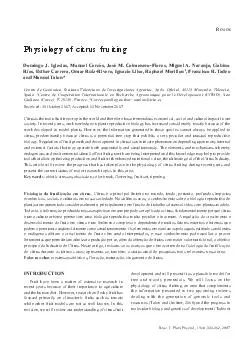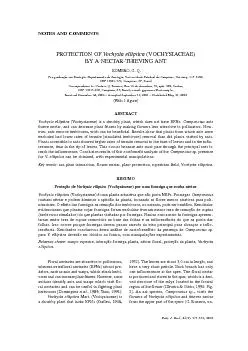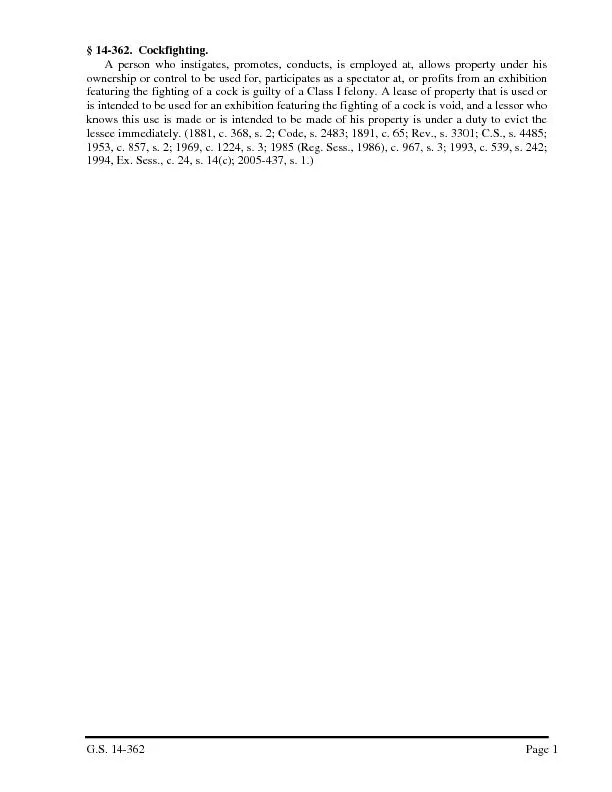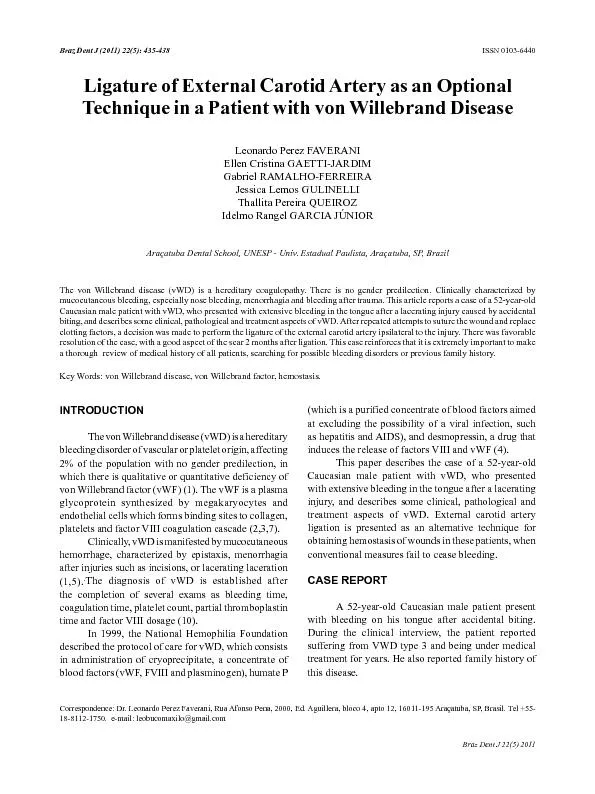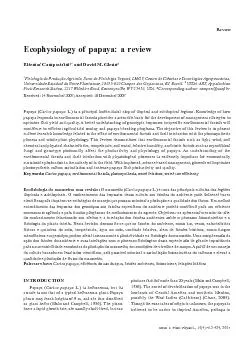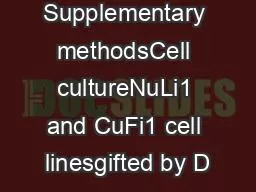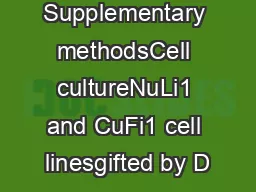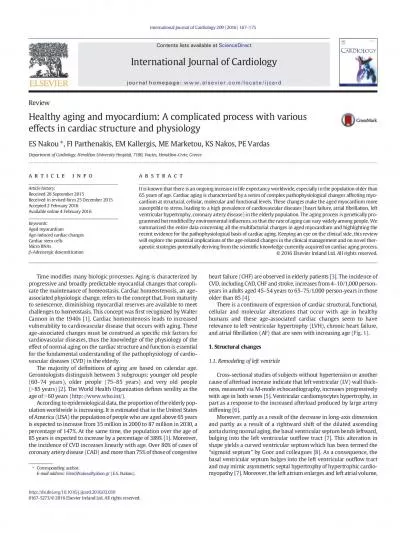PDF-Braz. J. Plant Physiol., 19(4):333-362, 2007Domingo J. Iglesias, Manue
Author : conchita-marotz | Published Date : 2015-07-25
Braz J Plant Physiol 194333362 2007DJ IGLESIAS et alal 2008 in the genus Citrus The focus chosen for thisgrowth including flowering hormones carbohydratesand abiotic
Presentation Embed Code
Download Presentation
Download Presentation The PPT/PDF document "Braz. J. Plant Physiol., 19(4):333-362, ..." is the property of its rightful owner. Permission is granted to download and print the materials on this website for personal, non-commercial use only, and to display it on your personal computer provided you do not modify the materials and that you retain all copyright notices contained in the materials. By downloading content from our website, you accept the terms of this agreement.
Braz. J. Plant Physiol., 19(4):333-362, 2007Domingo J. Iglesias, Manue: Transcript
Download Rules Of Document
"Braz. J. Plant Physiol., 19(4):333-362, 2007Domingo J. Iglesias, Manue"The content belongs to its owner. You may download and print it for personal use, without modification, and keep all copyright notices. By downloading, you agree to these terms.
Related Documents

